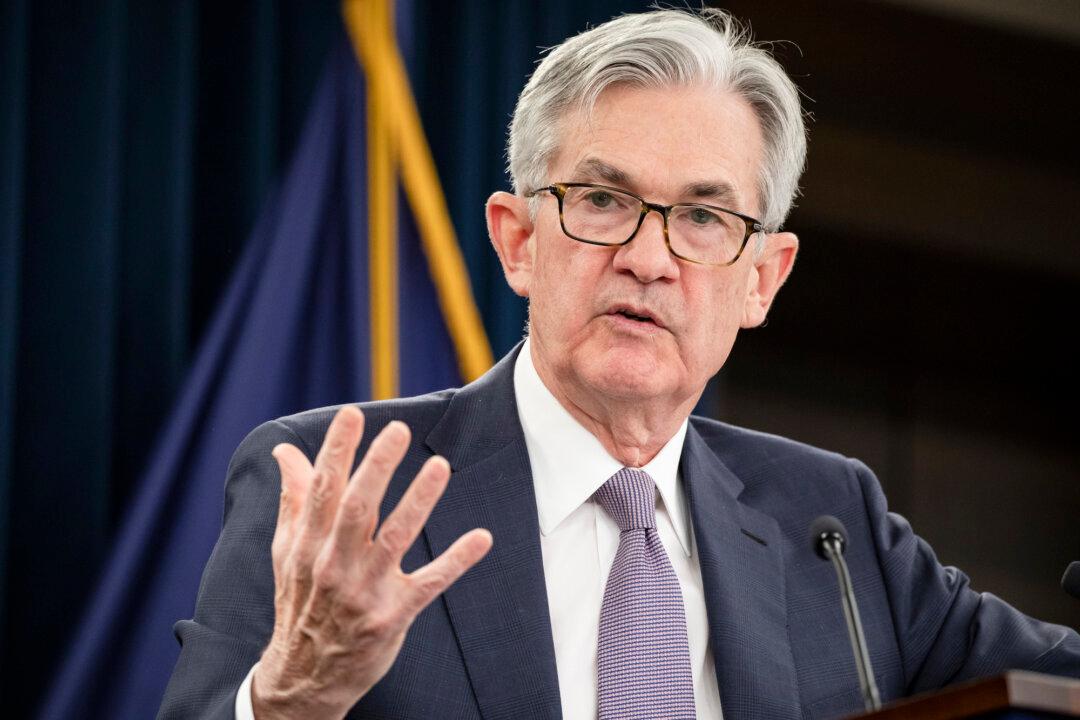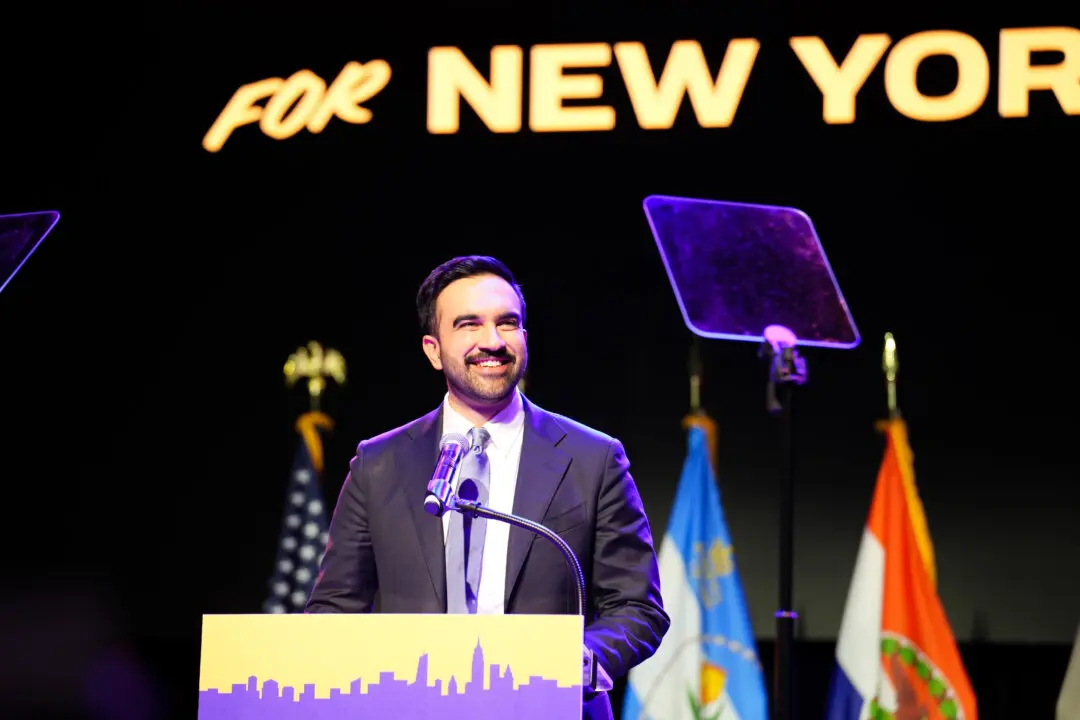Federal Reserve officials warned of “extremely elevated” levels of uncertainty around the economic outlook and said they expect that the pandemic will continue to exact a heavy toll on America’s economy, newly released minutes from a July policy meeting show.
The central bank’s policymaking body, the Federal Open Market Committee, on Wednesday released minutes of its July 28-29 meeting, which indicate that members expressed concern that the CCP (Chinese Communist Party) virus would continue to be a drag on the economy.





